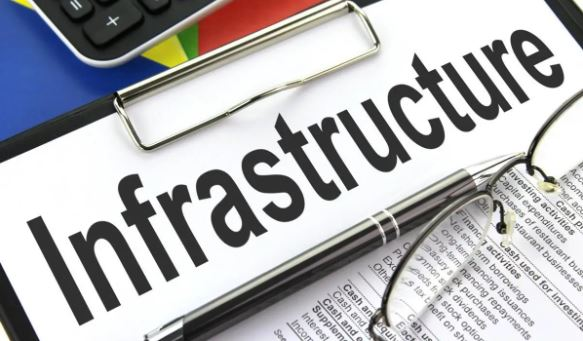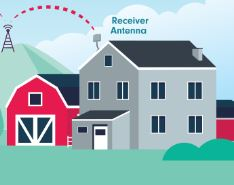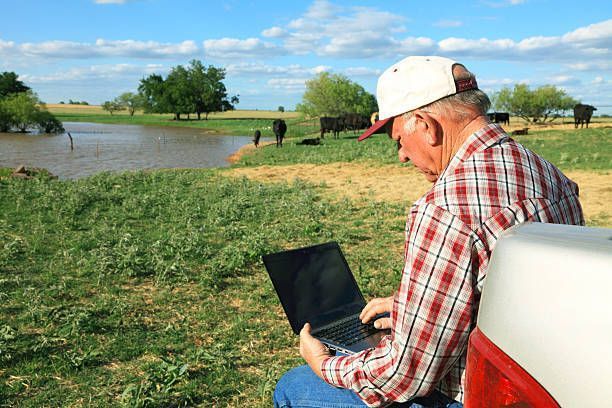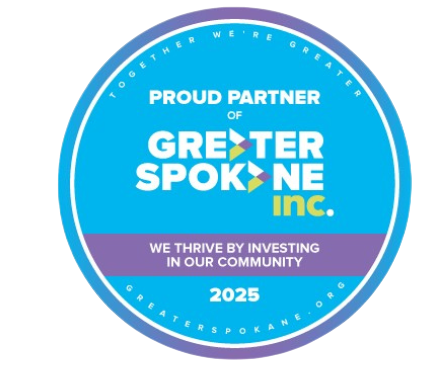Moving Your Internet Rural - Finding Internet Freedom
Moving Urban To Rural - We Feel The Squeeze
As much as I have searched, I could not find a single statistic that supports what all of us feel living in Eastern Washington and Northern Idaho - there is a big influx of population in the last year.

The 2022 statistics are, of course, not calculated yet. What I did find were many statistical charts - including 2021 - stating that there has been a shift in population to our area but the number is less annually than the general trend (over the last 10 years). But it doesn’t feel that way. In the last year particularly, there has been a sudden and significant increase in traffic on the roads, an increase of cars going the wrong way on one-way streets and lines in the grocery store - all signs of new folks in the area. And people moving within our area from towns to further out in the country.

The Local Trends
The three trends we see in providing internet in Eastern Washington and Northern Idaho are:
- a shift to working from home - remote working (see September's Blog - /post/telecommutingfec94dd8).
- folks moving to more rural locations from in town locally (such as moving from Post Falls, Idaho to Bonners Ferry).
- Lots of families and individuals moving here from other parts of the country. (We just solved internet for a small family moving from Riverside, California to Rathdrum, Idaho).
The biggest challenge in all these scenarios is having sufficient internet to meet your needs, your business's needs and your family's needs at this more remote and underserved location (ok, just want to point out - this is what Fast Internet USA does best and we have an award to prove it).
One of the issues we face is a lack of understanding internet - how it works and why it is different when living more remotely.
Access To Amenities is Different Remotely
Similar to the contrast of city sewer and septic systems, or the need to have a power generator as electricity back up, or solar as supplementary to electricity (or even completely alternative electrical sources), internet is completely different in remote areas of the country. It is constantly changing - and improving, but it isn't the same as urban internet.
Understanding Internet Types
Internet begins with a Distribution Point. This is the location of signal origination. Internet Service Providers (ISPs) differ in how they provide the signal/connection from the distribution point to end users:


- The connection can be wired; This is called DSL (we sell CenturyLink and can set you up) and can include telephone, Ethernet, or coaxial cables. The lines form a web from the Distribution Point, to a local Access Point, then to the surrounding neighborhoods. The process of creating the web of wires to end users is called “provisioning”. When you hear about an area not being “provisioned”, it simply means that service lines aren’t available. Once service lines are laid, anyone with a subscription to a provider can connect. If your area includes 2 service providers (such as TDS and Xfinity), they both use the same lines. This underground and above ground cable infrastructure is not trouble free - overtime, the cable integrity suffers decline and deterioration making it less able to conduct signal. Also, the system can become overburdened requiring additional cabling / provisioning.
- With Fixed Wireless (also called LTE - we sell this and would be happy to test the signal at your place and set you up), the signal that originates from the Distribution Point is directed toward Access Points on towers that are land-based. The customer has a receiver, often an antenna. The signal point is usually located within 10 miles of your house. The reduced distance results in reduced latency and a superior connection. Fixed wireless internet usually has high caps (100GB or more) or no caps at all. The technology offers super-fast download speeds that are just as fast if not faster than those you get from other broadband services.
- Satellite Internet (HughesNet - we sell this and can set you up) involves actual orbiting satellites. The process starts with transmitting signals from a dish
On earth to a satellite many miles above the Earth’s atmosphere. After the signal is received, it is beamed to your satellite dish/receiver. This is hard wired to a modem and then to your computer via wire or Wi-Fi. Lag time, ping or latency is the time for the signal to be transmitted back and forth. This can slow down streaming video and is not recommended for gaming. There are system work arounds (and we would be happy to help you work those out).

- Coming Soon - A Combination of Satellite & Fixed Wireless (we will be selling this once it is available in our region): HughesNet will be offering a multipath technology combining both satellite and wireless to minimize latency for a fast and responsive internet experience. Yup - Satellite AND Fixed Wireless in one system!
Making It Real
In town (Spokane city limits for example), the options for internet may include: T-mobile (fixed wireless - cell based - we sell this and can set you up), CenturyLink (hard-wired - we sell this and can set you up), Xfinity (wired), TDS (wired). These products have little to no latency and high data allowances per month.
Moving out of the city center (Mead, Washington), these DSL services are either unavailable or greatly taxed and customers are finding that Satellite and Fixed Wireless products are comparable. There are also some local line-of-sight options (like Pterra) available in this category.
Once you move out further into rural areas, Satellite and Fixed Wireless / LTE are available only.
Believe it or not, there are spots that have little to no cell signal and only can have Satellite for their internet. Like Good Grief, Idaho or Metaline Falls, Washington.
What Does This Mean For You?
Internet is, thankfully, always improving, and Fast Internet USA is always on the lookout for ways to improve the internet usage and functionality that is available so we can improve your internet experience. This is what we do.
Let us do this for you. If you are a part of the trend - moving rural - give us a call. We will make this part of the move easy for you and clear up what you can get at your location to meet your needs.
Internet Freedom is possible - even if you live in the middle of nowhere.

















